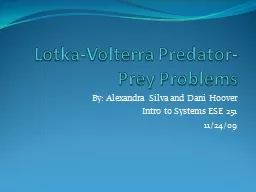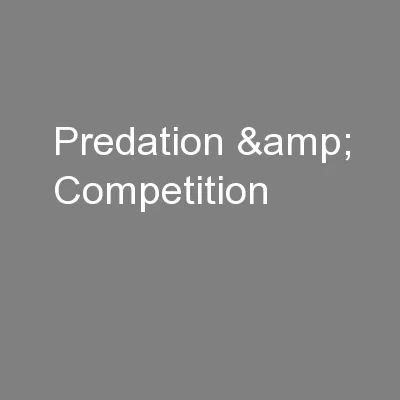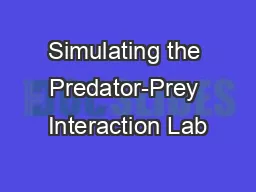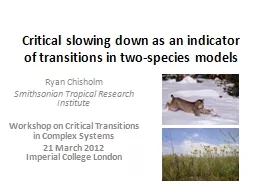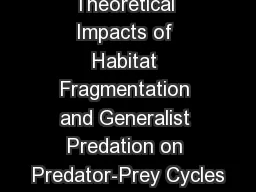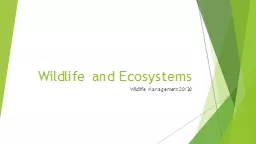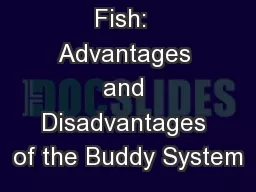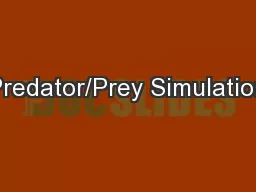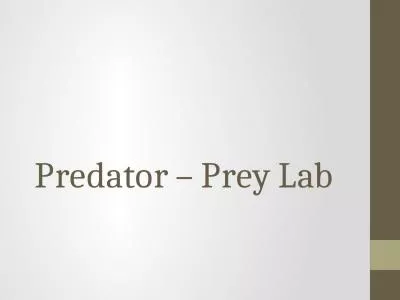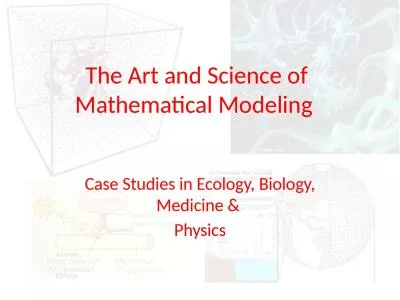PPT-Lotka-Volterra Predator-Prey Problems
Author : trish-goza | Published Date : 2018-11-18
By Alexandra Silva and Dani Hoover Intro to Systems ESE 251 112409 History Alfred Lotka Vito Volterra American biophysicist Proposed the predatorprey model in
Presentation Embed Code
Download Presentation
Download Presentation The PPT/PDF document "Lotka-Volterra Predator-Prey Problems" is the property of its rightful owner. Permission is granted to download and print the materials on this website for personal, non-commercial use only, and to display it on your personal computer provided you do not modify the materials and that you retain all copyright notices contained in the materials. By downloading content from our website, you accept the terms of this agreement.
Lotka-Volterra Predator-Prey Problems: Transcript
Download Rules Of Document
"Lotka-Volterra Predator-Prey Problems"The content belongs to its owner. You may download and print it for personal use, without modification, and keep all copyright notices. By downloading, you agree to these terms.
Related Documents

